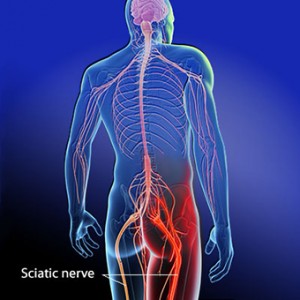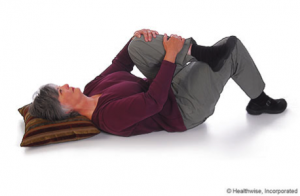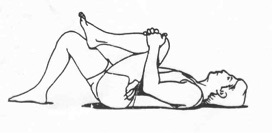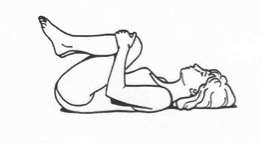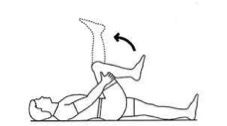5 Easy Ways to Decrease Sciatica Pain
What is Sciatica?
Sciatica is a type of low back pain that can cause pain in the low back and radiate into the buttock and lower extremity. Sciatic pain is characterized by radiating leg pain down the back of the leg caused by an irritation of the sciatic nerve which travels along that same pathway. You may feel a sharp shooting pain, tightness in the muscles along the buttock and hamstrings, and/or a general ache at the low back and hip. Typically sciatic pain is on one side of the back and refers down to about the knee.
What causes sciatica pain?
There can be several different causes of sciatic pain including: pregnancy, piriformis syndrome, spinal stenosis, lumbar arthritis and degenerative disc disease, SI dysfunction, and disc protrusion or herniation. A physical therapy can help determine the most likely cause of your sciatic pain and your course of treatment. Sciatic pain often interferes with being able to sit or stand for long periods of time, walking, and your ability to move between positions.
What can I do about my sciatic pain?
Here are 5 Easy ways to decrease your sciatic pain. These quick tips will help manage your sciatic pain. If your pain persists or gets worse you should contact your local physical therapist in order to further address the root cause of your pain.
- Avoid bending and twisting at the waist: this can cause more irritation of the nerve
- Avoid lifting heavy objects and use proper body mechanics: lifting can increase your back pain if not being performed properly (flat back, squatting, and lifting with the legs)
- Ice 15 minutes to the low back and buttock area several times per day: give yourself at least an hour between sessions; you can alternate between heat and ice but ice is more beneficial
- Sleep with a pillow between the knees or under your knees depending on your position: make sure the pillow is not too large that it is uncomfortable for your hips; this helps reduce stretch on the muscles and nerve
- Perform stretches of the low back, hip, and sciatic nerve four times per day (hold the stretches for 30 seconds or to your tolerance); including:
- Piriformis stretch– cross the affected leg over the other and pull up at the knee towards the opposite shoulder; you should feel a stretch across your buttock

- Single knee to chest– it is good to perform this stretch on both sides; pull the knee towards the chest; a stretch may be felt in the low back

- Double knee to chest– pull both knees towards your chest; a greater stretch will be felt with both knees compared to the single knee to chest

- Hamstring stretch with nerve glide– hold behind the knee and slowly straighten the leg; a stretch should be felt behind the knee and along the back of the thigh; after holding for 30 seconds before several gentle straightening/bending without the hold to stretch the sciatic nerve

- Piriformis stretch– cross the affected leg over the other and pull up at the knee towards the opposite shoulder; you should feel a stretch across your buttock
What if my pain does not improve?
If your sciatic pain does not improve with icing, activity modification, and stretching, it is time that you go see your physical therapist. Physical therapists have other treatment methods along with the above measures in order to treat your pain including fast hands on techniques. Try the above exercises for a couple days, if you aren’t getting relief, give us a call at (828) 348-1780 for more immediate relief.
–Mandy Martin, PT, DPT, Sciatica Specialist

